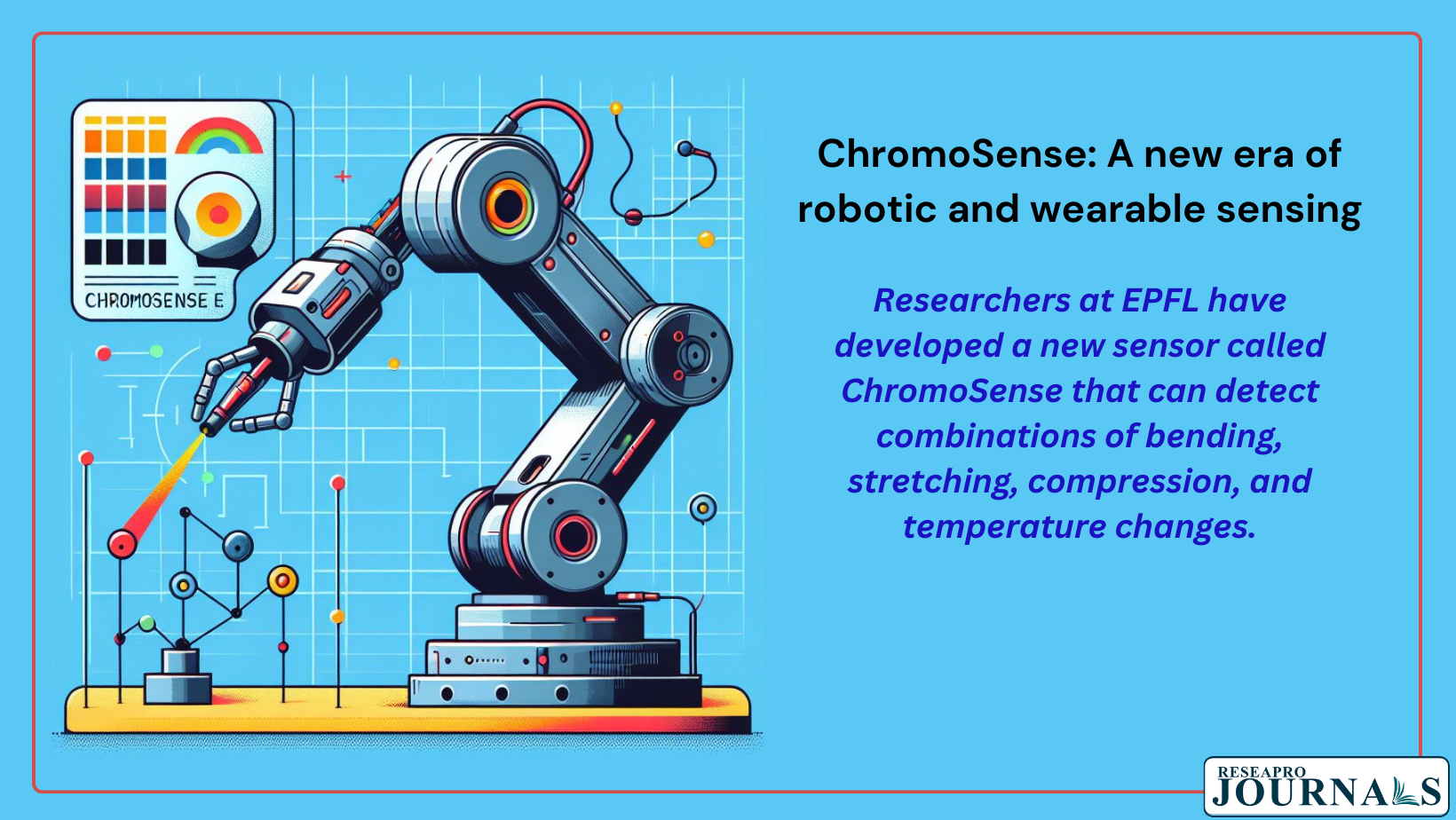Researchers at EPFL have developed a new sensor called ChromoSense that can detect combinations of bending, stretching, compression, and temperature changes. This is a significant breakthrough, as it could lead to the development of more advanced robots and wearable devices.
How does ChromoSense work?
ChromoSense uses a simple but innovative system that relies on color. The sensor consists of a translucent rubber cylinder containing three sections dyed red, green, and blue. An LED shines light through the cylinder, and a spectral meter at the bottom measures changes in the light’s path as the cylinder is bent, stretched, compressed, or heated.
What are the potential applications of ChromoSense?
ChromoSense has a wide range of potential applications, including:
- Assistive technologies:┬ĀChromoSense could be used to develop more sophisticated exoskeletons and other assistive technologies that can better sense the needs of their users.
- Athletic gear and clothing:┬ĀChromoSense could be integrated into athletic gear and clothing to provide users with feedback about their form and movements.
- Robots:┬ĀChromoSense could be used to give robots a more human-like sense of touch, allowing them to interact with their environment in a more natural way.
What are the benefits of ChromoSense?
ChromoSense offers several benefits over other robotic sensing technologies, including:
- Low cost:┬ĀChromoSense is relatively inexpensive to manufacture.
- Lightweight:┬ĀChromoSense is lightweight and flexible, making it ideal for wearable applications.
- Robust:┬ĀChromoSense is robust and can withstand a wide range of conditions.




